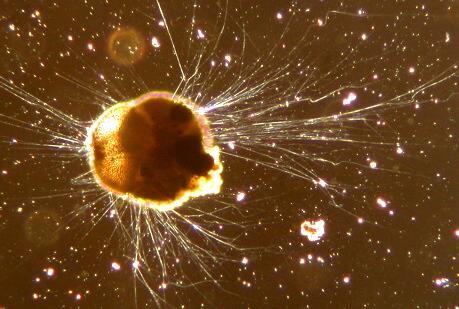In a recent publication in Science Bulletin, a multidisciplinary team of authors from Tongji University, the Second Institute of Oceanography (Ministry of Natural Resources), the Institute of Earth Environment (Chinese Academy of Sciences), and Utrecht University reports for the first time that massive carbon inputs from volcanism and seafloor spreading have impacted the orbital phase relationships between carbon cycle and climate change.

Past changes in climate and carbon cycle have been documented by the stable isotope composition of benthic foraminiferal oxygen and carbon, as they are proxies for climate-cryosphere and carbon transfers between the ocean and other reservoirs, respectively. In addition, the global climate-cryosphere changes and the marine carbon cycle were significantly regulated by Earth’s orbital eccentricity, obliquity and precession, with the 405,000-year cycle having a particularly pronounced effect.
When Earth was glaciated by unipolar ice sheets at Antarctica over the Oligocene and Miocene, about 34 to 6 million years ago, variations in the global climate-cryosphere and the marine carbon cycle exhibited almost in-phase behavior on eccentricity timescales. On this basis, a moderate but noticeable phase lag of the marine carbon cycle relative to climate-cryosphere changes of about 19.2 thousand years was observed. This phase lag was attributed to the relatively long a residence time of carbon in the ocean.
Benthic foraminiferal oxygen
However, through time-evolutive phase analysis of new and published high-resolution benthic foraminiferal oxygen and carbon isotope records across the global ocean, the authors find that variations in the marine carbon cycle led the climate-cryosphere by an average of about 17 thousand years during the Miocene Climate Optimum from around 17 to 14 million years ago.
This corresponds to the occurrence of the Columbia River Flood Basalt and the rapid global seafloor spreading, a period when massive amounts of deep-sourced carbon were released into the atmosphere.
Further sensitivity analyses and model simulations suggest that the elevated atmospheric CO2 concentrations and the resulting greenhouse effect strengthened the low-latitude hydrological cycle during the Miocene Climate Optimum, accelerating the response of marine carbon cycle to eccentricity forcing via enhanced chemical weathering and organic carbon burial. Hence, tropical climate processes played a dominant role in regulating marine carbon cycle when Earth’s climate was in a warm regime.
This study provides a robust case for linking long-lasting tectonic events to orbital-scale changes in the Earth’s surface system.







No comments yet